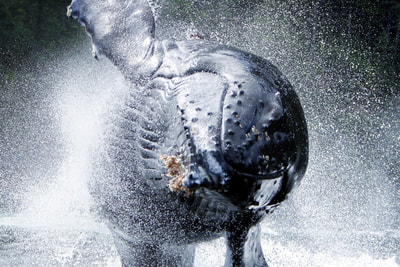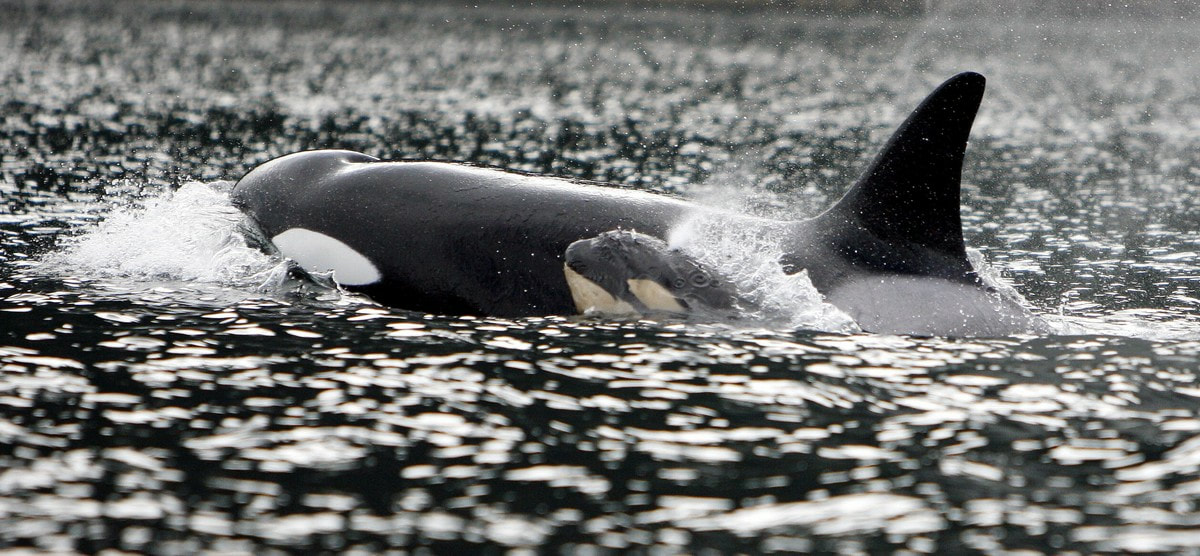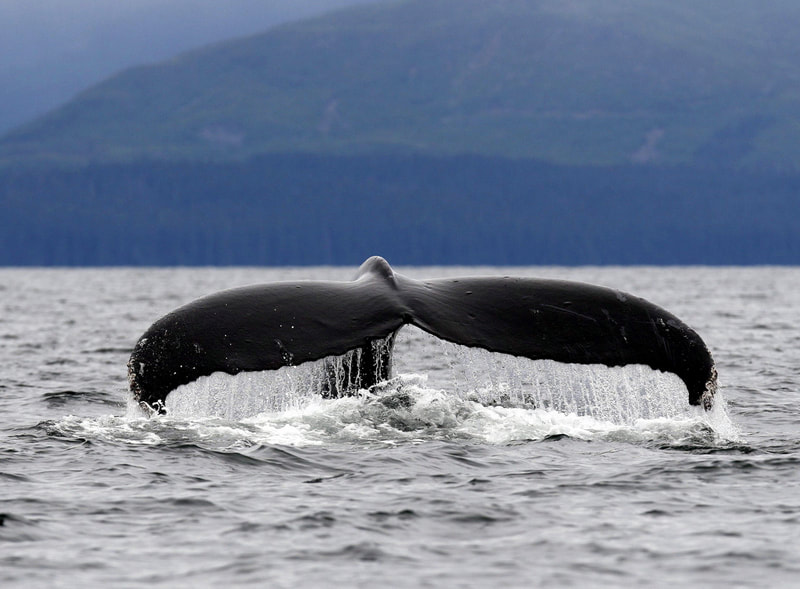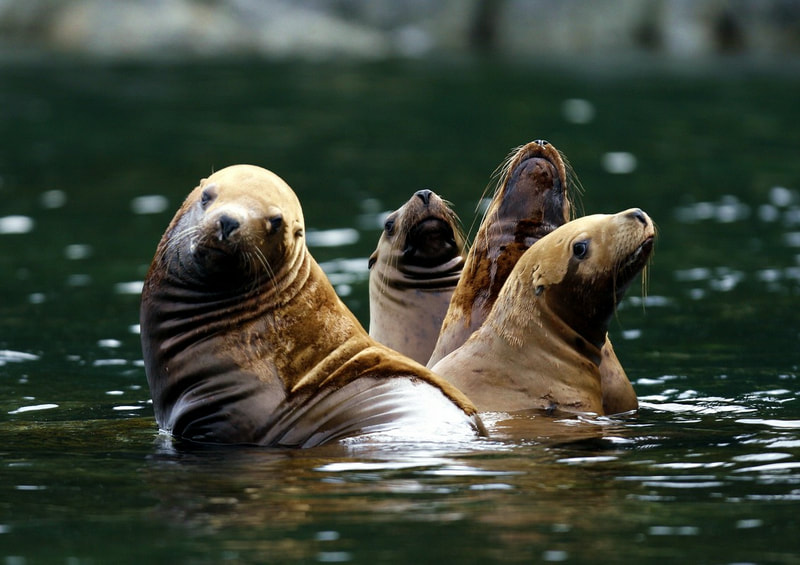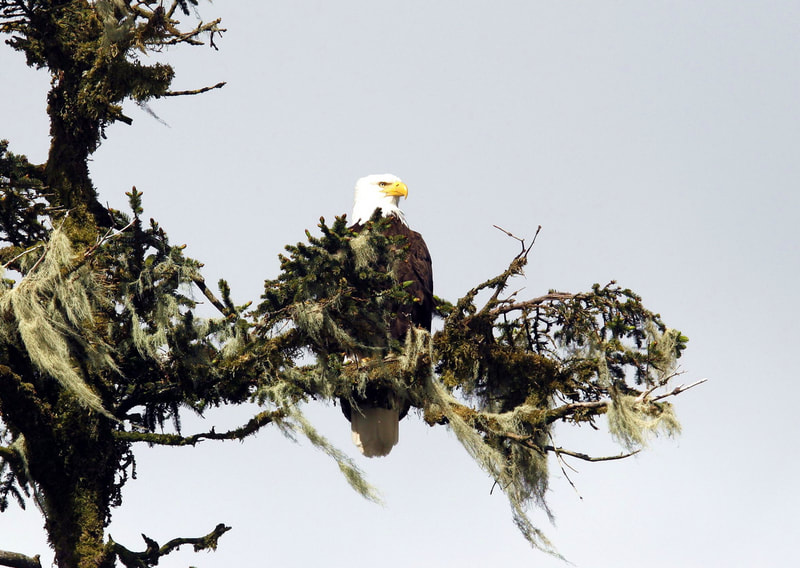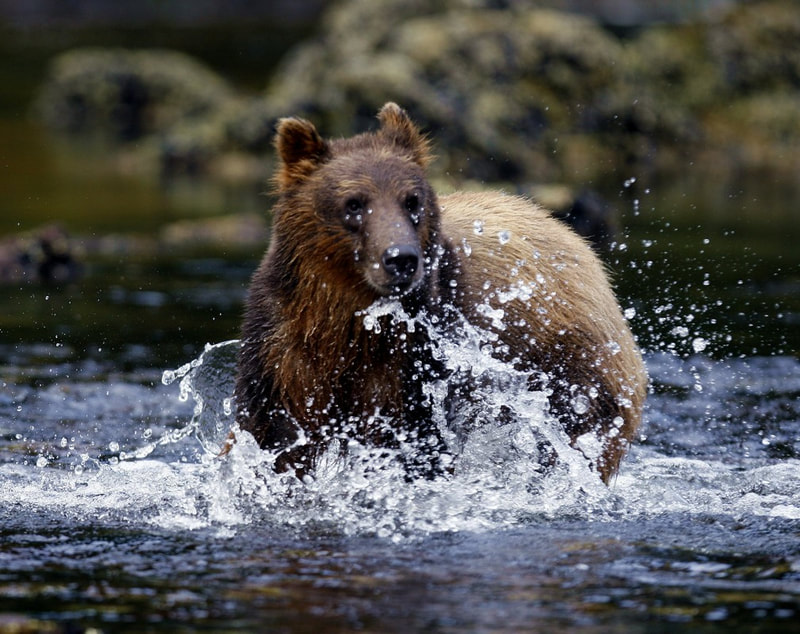|
|
Whale Watching In Alaskan Waters
|
|
|
Whale watching is one of the top activities in Alaska’s waters, where patient visitors are often rewarded with views of active Orcas and humpback whales.
When to see whalesHumpbacks can be seen anytime during the summer months, with May, June and July being the top months to catch a glimpse. Orcas, on the other hand, reside here year-round and can be spotted throughout the year.
Where to see whalesWhile you can catch sight of whales from shore, getting out on the water offers the most opportunities for whale watching.
Whale watching can take place practically anywhere, but keep in mind that the whales typically don’t hang out in glacial water, as they have trouble filtering the silt through their baleen. Instead, whales prefer deeper, clearer water, where there is more krill. Resurrection Bay has proven to be one of the most successful locations for whale watching in Alaska. “They know the fish are there,” explains Captain Al, adding that guests aboard the Northern Explorer will often visit this destination during their cruise. Northern Explorer’s crew also monitors the radio for reports of whale sightings. “If we’re close, we’ll go,” Captain Al shares. |
How to see whalesWhile you might think that totally flat conditions would offer the best opportunity to spot whales, the incredible marine mammals actually prefer a little chop on the water.
As you watch for whales, don’t just stare at one spot. Instead, scan the horizon back and forth. Keep an eye out for what looks like puffs of smoke coming up from the water – that’s actually a blow of vapor from a whale. You can certainly spot whales with your bare eyes, but using a pair of good binoculars is even better. Northern Explorer Adventures has a pair of high-quality binoculars on board for each guest. What you might seeIt’s common to see whales roll onto their sides with one flipper in the air, or slap the water with their tails. These behaviors aren’t intended to put a good show, but instead are a way to communicate with other whales.
Bubble feeding is one of the most remarkable behaviors whale watchers may experience on their cruise. This is when a group of whales – typically three or four, but Captain Al has seen up to 14 – find a “bait ball” of krill. The group will designate one whale to swim under the krill, where it will let out large bubbles of air, driving the krill to the surface. The other whales swim up under the krill, mouths wide open, and enjoy a good meal. Although whales do gather like this to feed occasionally, seeing single whales is more typical. “They’re loners,” Captain Al explains. And most of the time, whales spotted in Alaskan waters are adults. Humpback whales' mate in Mexico and winter in Hawaii, where they have their babies. So by the time they make their way north to Alaska for the summer, they are typically old enough to be on their own. However, guests aboard the Northern Explorer will periodically see a “minke,” which is a small whale hanging around the adults longer than usual. |
|
On-board gearDuring your cruise, we provide all the outdoor gear you need for excursions, including very stable and comfortable sea kayaks, rubber boots for nature hikes and beachcombing, rain gear for the occasional drizzly day, fishing poles and equipment, gold pans for trying your luck in the streams, and binoculars for wildlife viewing. We also have a very stable, 16-foot inflatable boat with 30hp outboard for fishing and shore excursions.
|
Comparing your optionsWhen considering your Alaska private touring yacht options, be sure to compare our competitive rates, luxury accommodations, gourmet cuisine, small group size and personalized itineraries. We believe you will find Northern Explorer Adventures offers the highest standard of comfort and service at a comparable price. |

